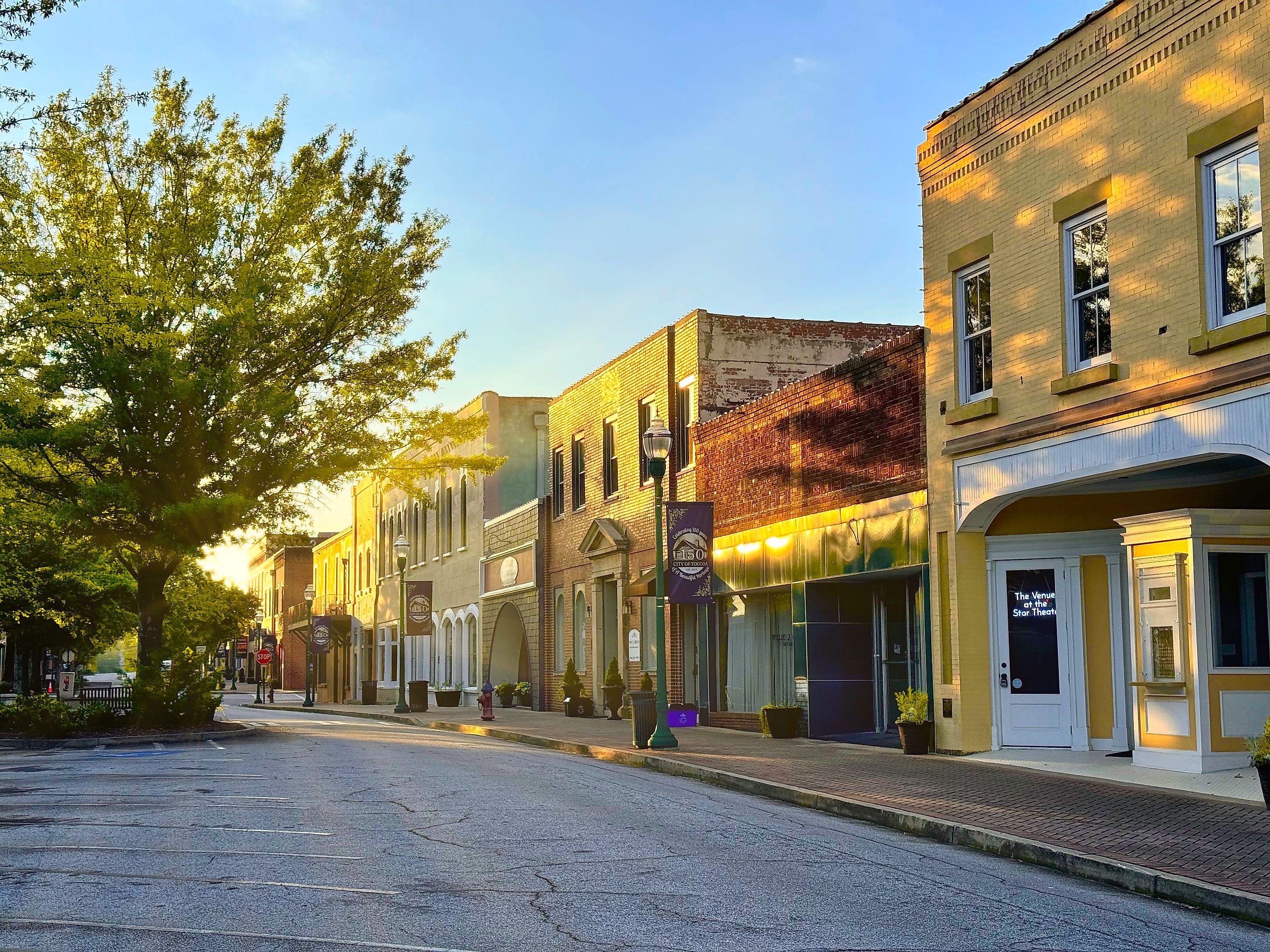
7 Towns in Georgia that Transport You to the Past
The state of Georgia enjoys a well-earned place in American history. One of the 13 Original Colonies that represented the British presence in North America, Georgia today, with major cities like Atlanta and Savannah, blends a commitment to the present with a veneration for local heritage. Its territory in the southeastern United States stretches from the Blue Ridge mountains of Appalachia to the Atlantic Sea coast above Florida. The state, once a Spanish colonial possession, holds something for every kind of visitor, and that includes a rich historical background still visible today. Georgia towns like the ones below will no doubt bring the traveler to bygone eras and a new appreciation of all that has come before.
Blairsville
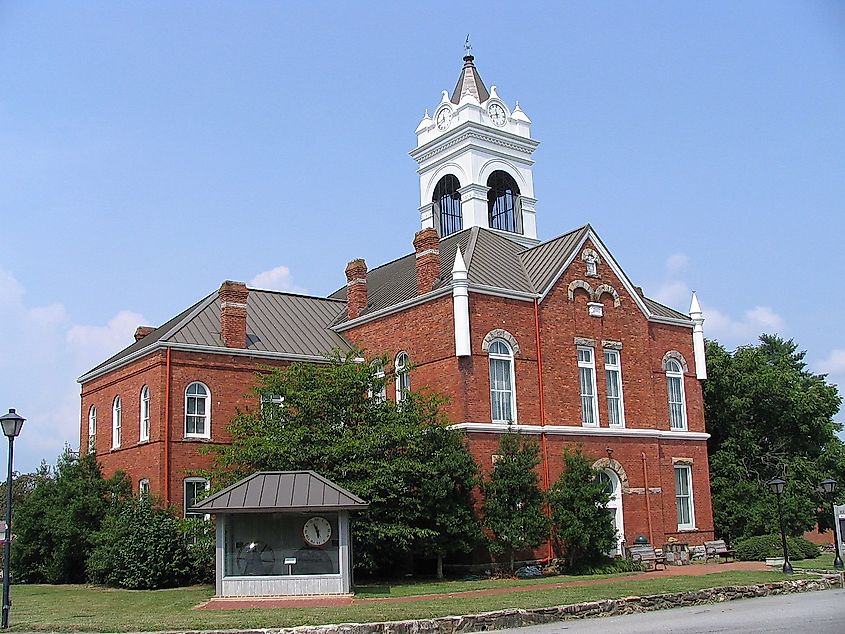
Despite a population of less than 800, Blairsville, in Georgia's mountainous north-central area just below Tennessee, offers those passing through a palpable sense of history. The town's history with the Cherokee tribe of Native Americans is inseparable from the town's modern tourist industry: visitors can see ancient indigenous petroglyphs at the Track Rock Archeological Area nearby. The paintings include bird and animal tracks, human footprints, and mysterious circle and cross figures. Hiking trails lead to where early mankind walked and left traces of their existence.
Other outdoors options here include a hike of Brasstown Bald, Georgia's highest mountain, or watersports at nearby Lake Nottely. Local agriculture is on vibrant display at farms like Southern Tree Plantation and Lasso the Moon Alpaca Farm, where kids of all ages can learn of how the South American mammal came for breeding and cultivation in the US southeast.
Brunswick
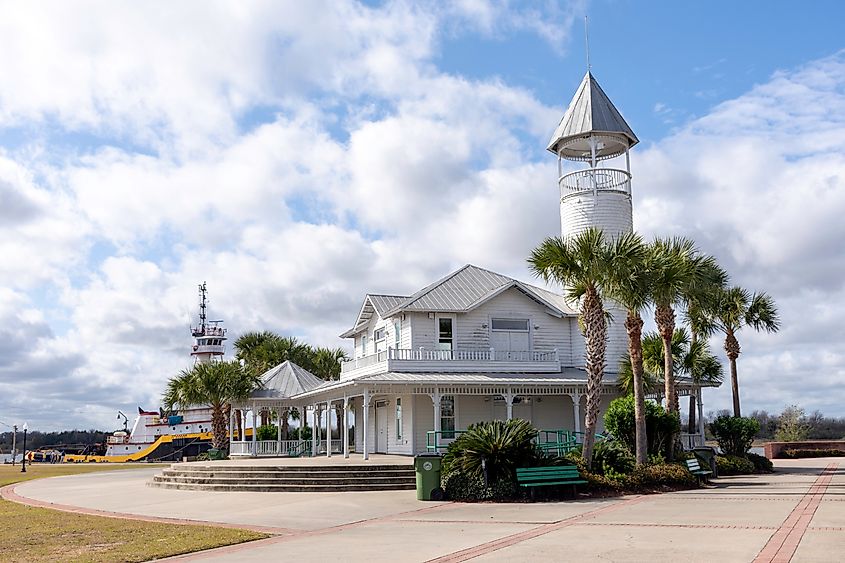
Brunswick, population 15,400, is much larger than Blairsville and holds a very different claim to Georgia's history, too. Calling itself a 'historic city by the sea,' this southeast coastal town has attracted colonists, fortune-seekers, and adventurers for more than 250 years.
Among local attractions, a tree called Lover’s Oak — so named because, according to legend, it once served as a rendezvous point for Native American romantics — has stood for an estimated 900 years. As a coastal destination, Brunswick does not lack seafood dining locations, from the Busta Crab Oyster Shack to the elegant 1509 Brunswick, a fine-dining address featuring steak and the local fresh catch. For a moment away that blends history with seaside charm, Brunswick is the place to go.
Dahlonega

Dahlonega, a mountain-ringed town with 7,600 souls, sits north of Atlanta. The place is well-known as the focal point of America's first gold rush, which in 1829 sparked an influx of adventurers and strike-it-rich types. Since then, the Dahlonega Gold Museum has been witness to the boom and bust of Georgia's long-gone mineral craze.
Taking advantage of its mountain setting, Dahlonega offers a variety of fresh-air options for a weekend or longer escape. The Yellow Daisy, a bed and breakfast operating in a house built in 1915, offers genteel digs in a historic setting. In recent years, the town has become a magnet for film and television productions, like Lifetime's "A Taste of Christmas," which may mean that the next chapter of Dahlonega's popular history is being written right now.
Darien
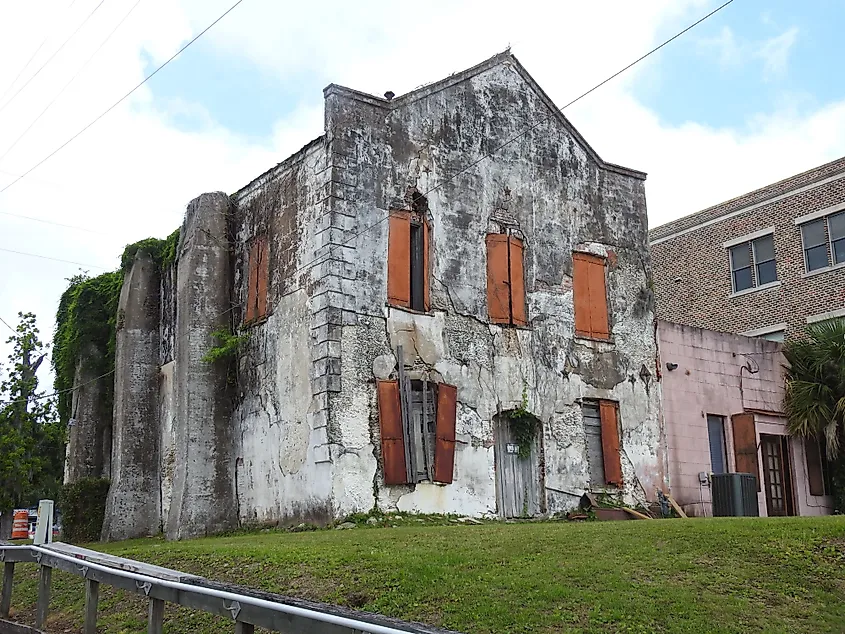
North of Brunswick, Darien, a coastal community of just 1,700, offers what local media call "see forever views" to the Atlantic — and the town's storied past. Scottish Highlanders established the town in 1736. A century later, the place was thought to be one of the strongest ports on America's 19th-century seaboard. Darien's export capacities supported the sale of rice, lumber, and cotton to foreign buyers throughout much of its past. That history comes alive in the town's contemporary options for visitors, which include the Ashantilly Center, which celebrates local heritage in an old manor home.
For a rare experience of southeastern coastal wildlife, head to the Altamaha River outside of town. Local authorities call it "The River Nobody Knows," perhaps because it lacks the name recognition of a Mississippi or Hudson, yet happens to have the third-largest riverine watershed in the United States. Recently deceased Jimmy Carter, the former US president, moved to protect the river by creating the Georgia Heritage Trust in 1972. The Altamaha, and visitors to Darien, have been enjoying that protection every since.
Greensboro
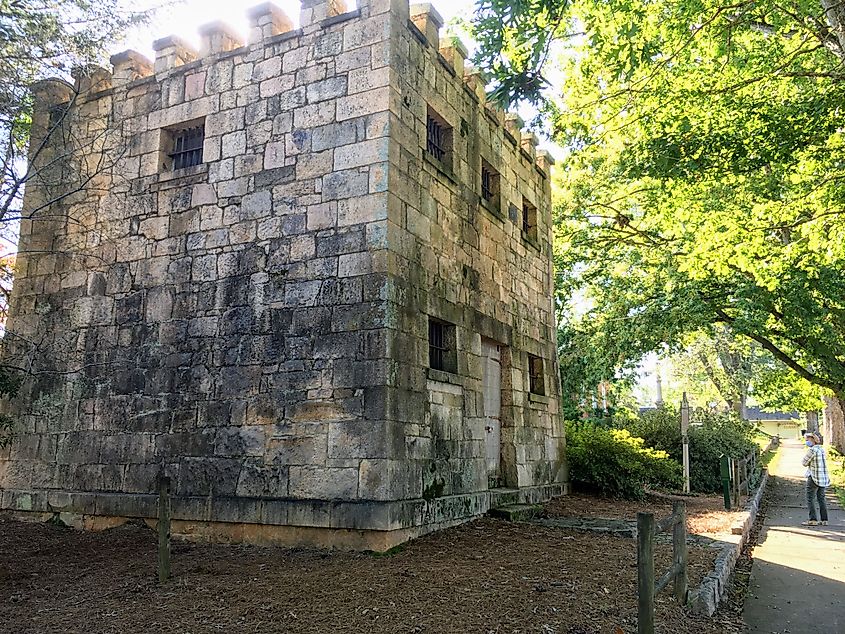
Greensboro, population 3,600, stands far smaller than the North Carolina city of the same name. This town, east of Atlanta near the Oconee River, is steeped in Southern tradition and history. Antebellum churches and homes that survived the Civil War still stand in town and around the area, making it an architecture lover's delight. The town is ready-made for a guys' weekend, with abundant options for camping, fishing, golf at Reynolds Lake Oconee, and shooting at sites like the Sandy Creek Sporting Grounds.
Another taste of local heritage comes through stays at Greensboro's historic bed and breakfasts. Goodwin Manor represents the local offerings well and welcomes guests in a home first built in 1908. The grounds include a quintessentially Georgia feature: a pecan orchard spanning more than two acres. Another accommodation option, the Highgate Estate and Gardens, reaches even further back in time: the house dates to 1810.
Plains
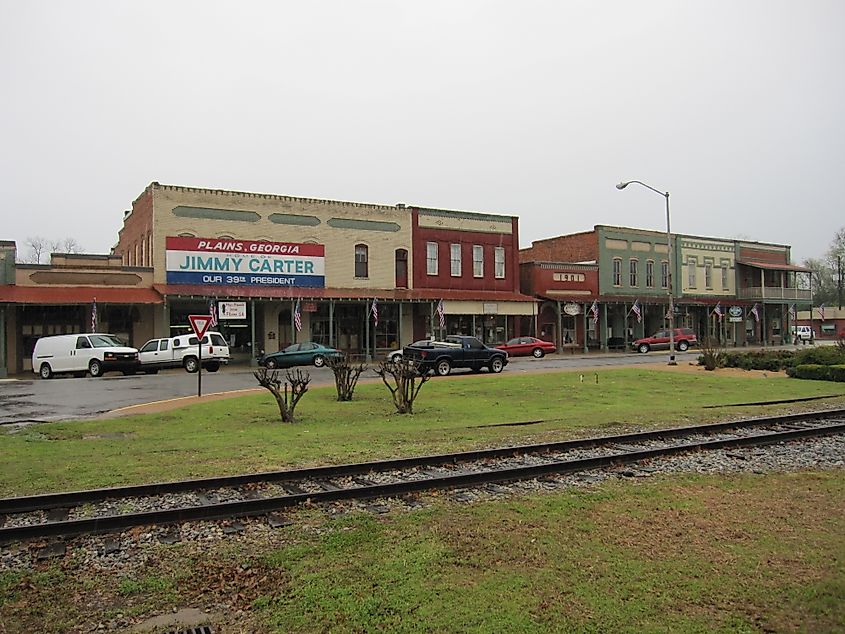
The southwest Georgia village of Plains, counting a mere 550 people, is a tiny place with a big claim to fame. The town is famous as the home of Jimmy Carter, America's 39th president (and the only president born in Georgia). Carter died in December 2024 at the age of 100.
The town's other historic draws include the historic Plains rail depot, constructed in 1888. Carter used the site as his presidential campaign headquarters. For nature lovers, the Rosalynn Carter Butterfly Trail, bearing the name of Carter's wife for many years, offers a break from the politics-focused areas in town. For history, you can wake up and book a room at the Plains Historic Inn and Antique Mall, a hotel in the heart of Plains' modest downtown.
Toccoa
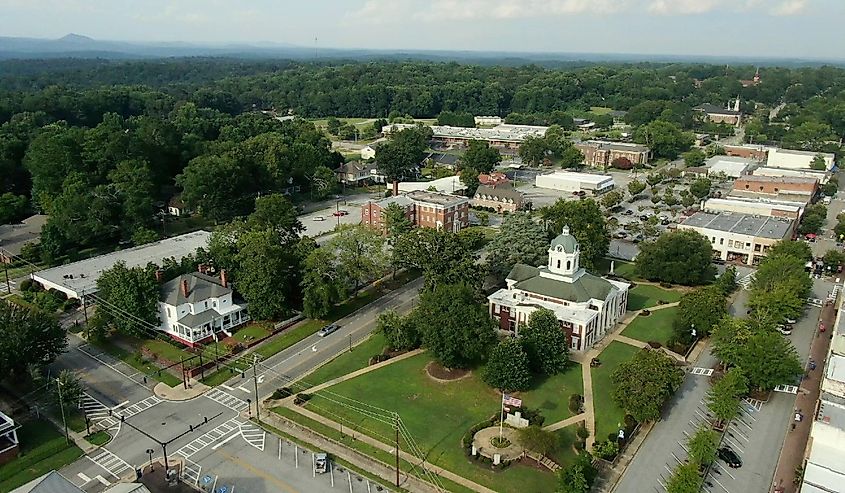
Toccoa, population 9,300, sits in the Appalachian mountains of Georgia's far northeast corner. Wedged in at the Tennessee and South Carolina state lines, Toccoa draws most visitors on account of Toccoa Falls, a natural waterway that provides a spectacular scene to all spectators. In town, the Currahee Military Museum, established in a renovated train depot, shares the stories of army recruits training for life-threatening missions during World War II. Members of the unit, later known as the "Band of Brothers," like the popular TV series of the same name, passed through Toccoa on their way to their European deployments. Some of these soldiers, as we know from history, never came back.
Other, lighter histories surface in this small Georgia town. The Olympic athlete Paul Anderson — once judged the "World's Strongest Man" — hailed from Toccoa. East of town, the Traveler's Rest house, a stagecoach stop built in 1815, once welcomed pioneers and homesteaders on their way westward. For history fans, Toccoa is a small place with an outsized appeal.
For History Enthusiasts, Georgia's Small Towns Are its Largest Attraction
Georgia offers history for amateurs and novices alike, without stopping at its well-traveled cities like Savannah or Atlanta. The small towns above suggest a depth of history that the visitor might expect from one of America's first states — but whose historical details deserve to be studied up close. Coastal towns like Brunswick and Darien give a glimpse of Spanish and English colonial life before independence. Mountain towns like Blairsville and Dahlonega shed light on Georgia's mountain legacies, and the entertainment industry happenings that keep the local economy buoyant today.
Georgia proves that even US presidents, like the recently departed Jimmy Carter, can rise from seemingly unremarkable addresses. For the fan of history with a flair, Georgia's attractions, rooted in the past, offer a compelling reason to visit its smaller towns today.











